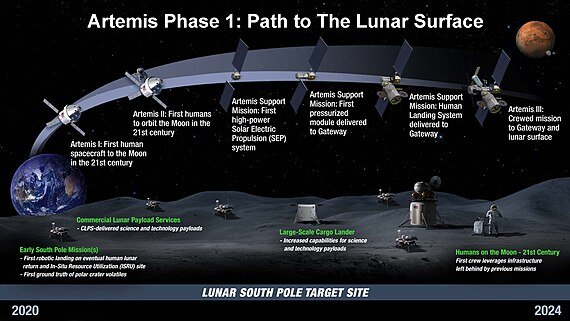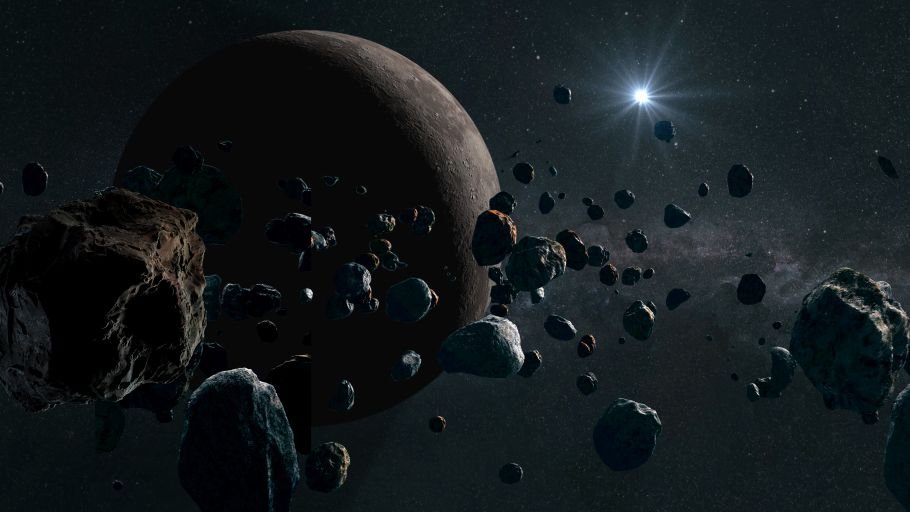Mars, often referred to as the Red Planet, has long captured the imagination of scientists, writers, and dreamers. As Earth’s closest planetary neighbor, Mars represents the next frontier for human exploration and potential colonization. With advancements in space technology and growing interest from both government space agencies and private companies, the dream of establishing a human presence on Mars is closer to reality than ever before. However, the journey to Mars colonization is fraught with challenges, from technological hurdles to ethical considerations.
In this article, we’ll explore the challenges and possibilities of Mars colonization, examining the scientific, logistical, and societal aspects of this ambitious endeavor. From the technological innovations required to the potential benefits for humanity, we’ll delve into what it will take to make Mars a second home for humankind.
Why Colonize Mars?
Before diving into the challenges, it’s important to understand why Mars is such a compelling target for colonization.
1. Proximity and Similarity
Mars is the most Earth-like planet in our solar system. It has a day length similar to Earth’s (24.6 hours), polar ice caps, and evidence of past liquid water. Its proximity makes it a more feasible target than distant planets or moons.
2. Scientific Exploration
Mars holds clues to the history of our solar system and the potential for extraterrestrial life. Studying its geology, climate, and potential biosignatures could answer fundamental questions about the origins of life.
3. Backup for Humanity
Establishing a self-sustaining colony on Mars could serve as a backup for humanity in the event of a catastrophic event on Earth, such as a nuclear war, asteroid impact, or environmental collapse.
4. Technological Advancement
The challenges of Mars colonization will drive innovation in fields like robotics, energy, agriculture, and medicine, benefiting life on Earth.
The Challenges of Mars Colonization
While the idea of colonizing Mars is exciting, it comes with significant challenges that must be addressed.
1. Distance and Travel Time
Mars is, on average, 225 million kilometers (140 million miles) from Earth. Traveling to Mars takes approximately 6-9 months, depending on the alignment of the two planets. This long journey poses risks to astronauts, including exposure to cosmic radiation and the psychological effects of isolation.
2. Harsh Environment
Mars is an inhospitable environment with extreme temperatures, low atmospheric pressure, and high levels of radiation. Key challenges include:
- Temperature: Mars’ average temperature is -60°C (-80°F), with extremes reaching -125°C (-195°F).
- Atmosphere: Mars’ thin atmosphere, composed mostly of carbon dioxide, offers little protection from radiation and makes breathing impossible without life support systems.
- Dust Storms: Mars is prone to massive dust storms that can last for months, posing risks to equipment and solar power systems.
3. Life Support Systems
Surviving on Mars requires advanced life support systems to provide oxygen, water, and food. Key considerations include:
- Oxygen Production: Technologies like MOXIE (Mars Oxygen In-Situ Resource Utilization Experiment) are being tested to convert carbon dioxide into oxygen.
- Water Extraction: Mars has water ice at its poles and possibly underground. Extracting and purifying this water is essential for survival.
- Food Production: Growing food on Mars will require innovative agricultural techniques, such as hydroponics and aeroponics, in controlled environments.
4. Radiation Exposure
Mars lacks a global magnetic field and thick atmosphere, leaving its surface exposed to harmful cosmic and solar radiation. Prolonged exposure increases the risk of cancer and other health issues for colonists.
5. Psychological and Social Challenges
Living on Mars will require colonists to cope with isolation, confinement, and the psychological stress of being far from Earth. Building a cohesive and resilient community will be critical for long-term success.
6. Economic and Logistical Costs
The cost of Mars colonization is astronomical. Developing the necessary technology, transporting materials, and sustaining a colony will require significant investment from governments, private companies, and international collaborations.
Technological Innovations for Mars Colonization
Overcoming the challenges of Mars colonization will require groundbreaking technological innovations. Here are some key areas of development:
1. Spacecraft and Propulsion Systems
- Reusable Rockets: Companies like SpaceX are developing reusable rockets, such as the Starship, to reduce the cost of space travel.
- Nuclear Propulsion: Nuclear thermal or electric propulsion systems could shorten travel time to Mars, reducing radiation exposure and resource consumption.
2. Habitat Design
- Inflatable Habitats: Lightweight, inflatable structures could provide living space for colonists while minimizing payload weight.
- 3D Printing: Using Martian soil (regolith) to 3D-print structures could reduce the need to transport building materials from Earth.
3. Energy Production
- Solar Power: Solar panels will be the primary source of energy on Mars, but dust storms and low sunlight during winter months pose challenges.
- Nuclear Power: Small nuclear reactors could provide a reliable energy source, especially during dust storms or in regions with limited sunlight.
4. In-Situ Resource Utilization (ISRU)
- MOXIE: This device, tested on NASA’s Perseverance rover, converts carbon dioxide from Mars’ atmosphere into oxygen.
- Water Extraction: Technologies to mine and purify water ice from Mars’ poles or subsurface will be essential for survival.
5. Agriculture
- Closed-Loop Systems: Growing food in controlled environments using hydroponics or aeroponics will maximize efficiency and minimize waste.
- Soil Enhancement: Research is underway to determine how Martian soil can be enriched to support plant growth.
The Role of Government and Private Companies
Mars colonization will require collaboration between government space agencies and private companies.
1. NASA
NASA’s Artemis Program aims to return humans to the Moon by 2025 as a stepping stone to Mars. The agency is also developing technologies like the Space Launch System (SLS) and the Orion spacecraft for deep-space missions.
2. SpaceX
Elon Musk’s SpaceX is at the forefront of Mars colonization efforts. The company’s Starship is designed to transport humans and cargo to Mars, with the goal of establishing a self-sustaining colony.
3. International Collaboration
Organizations like the European Space Agency (ESA) and Roscosmos are also contributing to Mars exploration. International partnerships will be essential for sharing resources and expertise.
Ethical and Societal Considerations
Mars colonization raises important ethical and societal questions that must be addressed.
1. Planetary Protection
Ensuring that human activities on Mars do not contaminate the planet with Earth-based microbes is critical for preserving its scientific value.
2. Ownership and Governance
The Outer Space Treaty of 1967 prohibits nations from claiming sovereignty over celestial bodies, but it does not address private ownership or resource extraction. Clear legal frameworks will be needed to govern Mars colonization.
3. Equity and Access
Ensuring that the benefits of Mars colonization are shared equitably and do not exacerbate existing inequalities on Earth.
4. Preservation of Martian Environment
Balancing the need for resource extraction with the preservation of Mars’ unique environment and potential scientific value.
The Future of Mars Colonization
While the challenges are immense, the potential rewards of Mars colonization are equally significant. Here’s what the future might hold:
1. Permanent Settlements
Establishing self-sustaining colonies on Mars could pave the way for permanent human presence beyond Earth.
2. Terraforming
In the distant future, technologies like atmospheric thickening and temperature regulation could make Mars more Earth-like, a process known as terraforming.
3. Interplanetary Economy
Mars could become a hub for mining, research, and tourism, creating a new interplanetary economy.
4. Inspiration and Innovation
The challenges of Mars colonization will drive technological advancements and inspire future generations to explore the cosmos.
Conclusion: A Bold Vision for Humanity
Mars colonization represents one of the most ambitious and transformative endeavors in human history. While the challenges are daunting, the potential benefits—scientific discovery, technological innovation, and the survival of humanity—are unparalleled. By addressing the technical, ethical, and societal challenges, we can turn the dream of Mars colonization into a reality.
As we stand on the brink of this new frontier, the journey to Mars is not just about reaching another planet; it’s about pushing the boundaries of what humanity can achieve. The Red Planet may one day become a second home for humankind, a testament to our resilience, ingenuity, and unquenchable curiosity.









